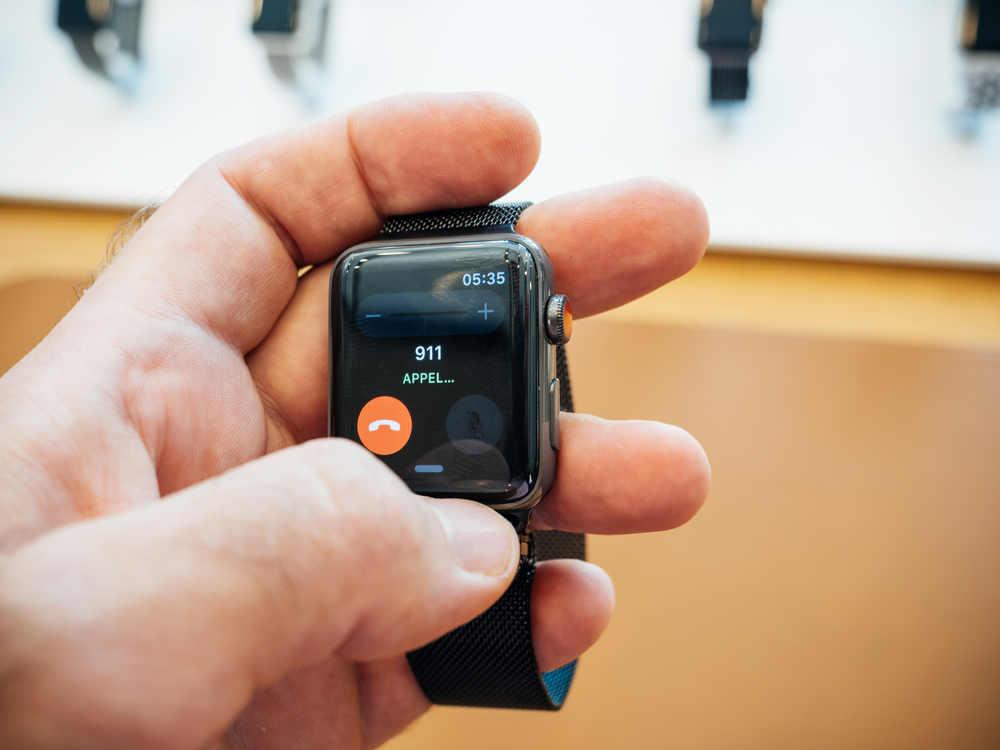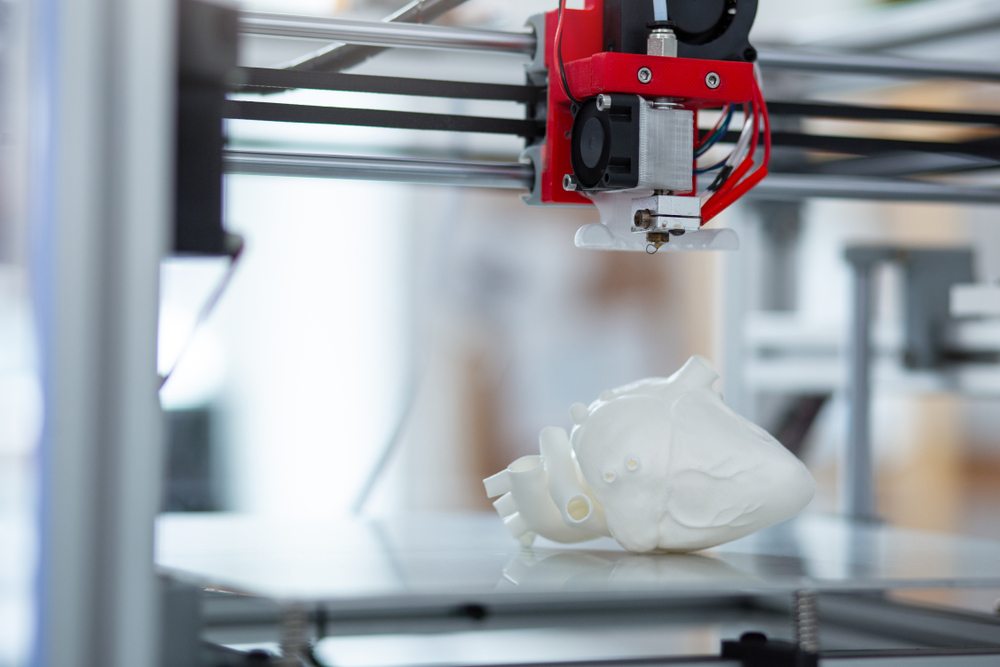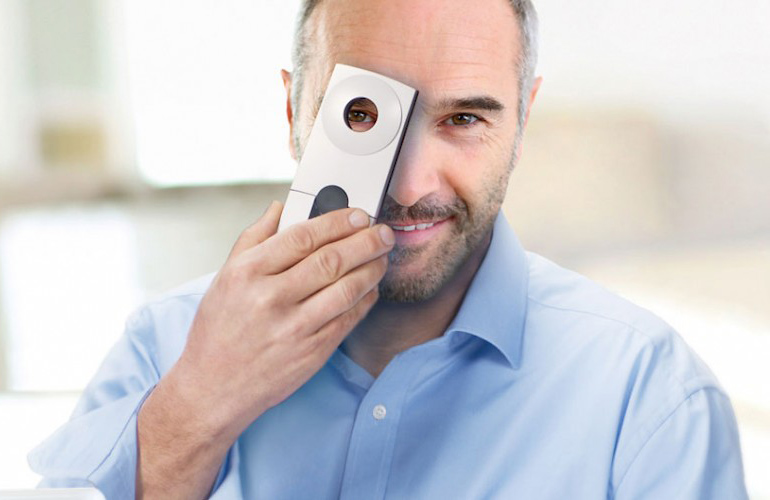
Student designs 3D-printed semi-functional prototype of a life-saving device that rapidly stops bleeding from knife wounds
Loughborough University reported this week that in the year ending March 2019, 259 people in the UK lost their lives because of sharp instruments, such as knives and broken bottles.
The university also reported that it’s possible for a victim to bleed to death in as little as five minutes. This fatal statistic means that it is most important for first responders to control bleeding from the wound.
A final year Product Design and Technology student, Joseph Bentley has designed the saviour device, REACT. This is a new method for rapidly stopping catastrophic blood loss from a knife wound. This is to be used by police officers before the ambulance arrives in a bid to save lives within those crucial 5 minutes.
Haemorrhages can be prevented in under a minute which saves hundreds of lives a year.
The university student has created a 3D-printed semi-functional prototype. This has a working side and rear user interface, side LEDs, and actuator.
What is REACT?
This is a device consisting of two parts: a medical-grade silicone sleeve called a ‘tamponade’. The second part is a handheld device called an ‘actuator’.
How to use REACT
The tamponade is the first to be inserted into the wound, against the advice given by medics that impaled objects should not be removed from stab wounds which could cause more internal damage.
The first responder at the scene would then connect the actuator to the tamponade via a valve. They then need to select on the device the area of the body the wound is located on.
The final step – the actuator then inflates to a defined pressure based on the wound location; this prevents internal bleeding immediately.
Joseph’s reasoning behind this life-saving tool
“I know several friends who have been the unfortunate victims of knife crime, thankfully none of the incidents was fatal”, he explained.
He continued: “The simple application and automated inflation procedure of the REACT system make it a game-changer for first responders.
The next steps:
REACT is in the process of being further developed. This is done by extending it to other parts of the body as right now it can only accommodate for junctional wounds such as the armpit and groin. Despite being told these parts would be hard to treat, Joseph persevered and defied against all odds to create REACT.
Other developments include:
– Internally battery-powered
– Perfecting the required air pressure in the tamponade.
This is a great example of how 3D printing can be used to create semi-usable devices to revolutionise the medical sector to save lives faster and frequently.
The comes after rare heart surgery was performed thanks to 3D printing earlier last month in India.
Want to read more about trending digital technologies? Click here.





